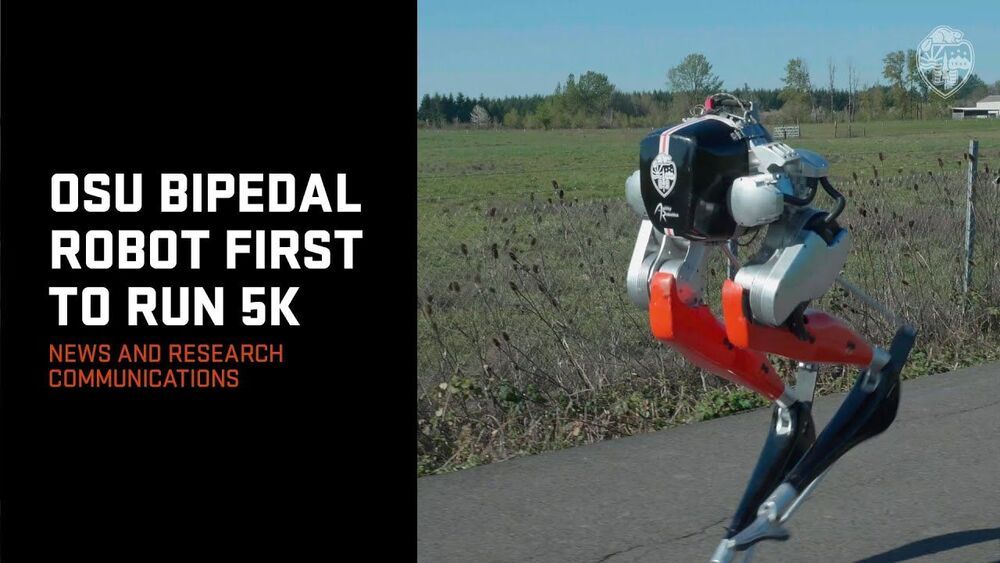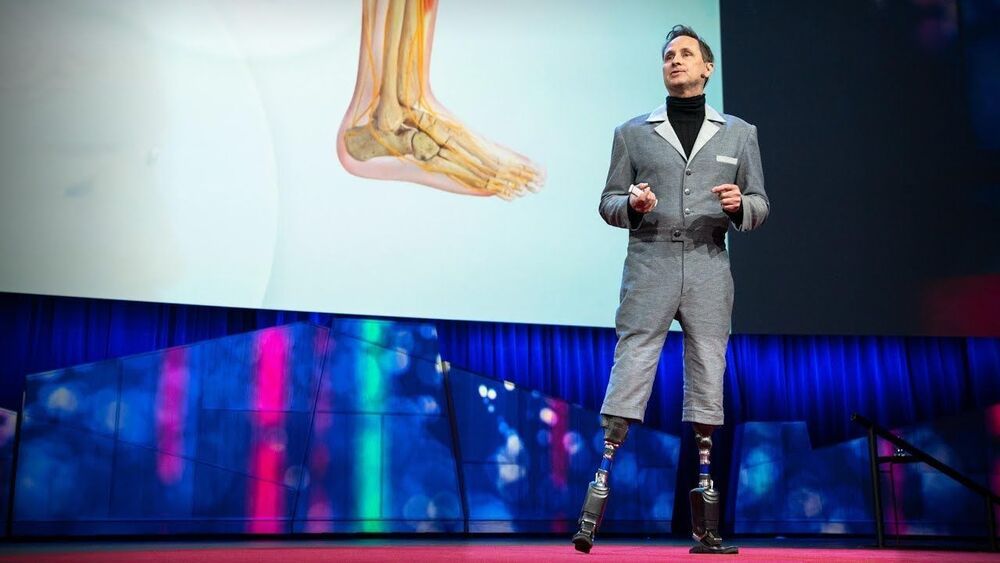Jul 27, 2021
Bipedal robot developed at Oregon State makes history by learning to run, completing 5K
Posted by Dan Kummer in category: robotics/AI
CORVALLIS, Ore. – Cassie the robot, invented at Oregon State University and produced by OSU spinout company Agility Robotics, has made history by traversing 5 kilometers, completing the route in just over 53 minutes.
Cassie was developed under the direction of robotics professor Jonathan Hurst with a 16-month, $1 million grant from the Advanced Research Projects Agency of the U.S. Department of Defense.

















